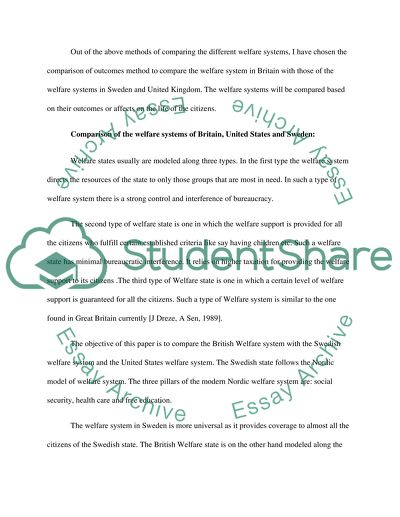Cite this document
(“Comparison of the British welfare system with the Swedish and American Essay”, n.d.)
Retrieved from https://studentshare.org/sociology/1407186-comparison-of-the-british-welfare-system-with-the-swedish-and-american-welfare-systems
Retrieved from https://studentshare.org/sociology/1407186-comparison-of-the-british-welfare-system-with-the-swedish-and-american-welfare-systems
(Comparison of the British Welfare System With the Swedish and American Essay)
https://studentshare.org/sociology/1407186-comparison-of-the-british-welfare-system-with-the-swedish-and-american-welfare-systems.
https://studentshare.org/sociology/1407186-comparison-of-the-british-welfare-system-with-the-swedish-and-american-welfare-systems.
“Comparison of the British Welfare System With the Swedish and American Essay”, n.d. https://studentshare.org/sociology/1407186-comparison-of-the-british-welfare-system-with-the-swedish-and-american-welfare-systems.


